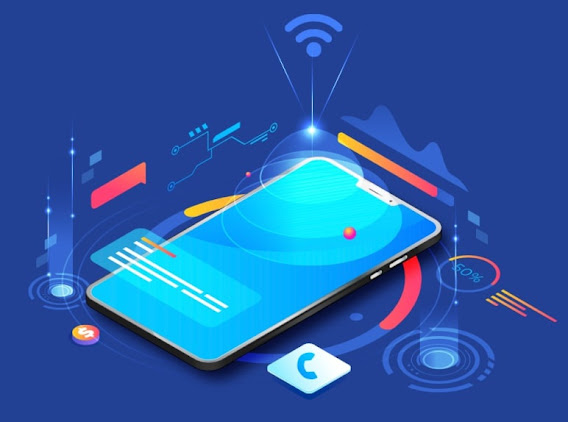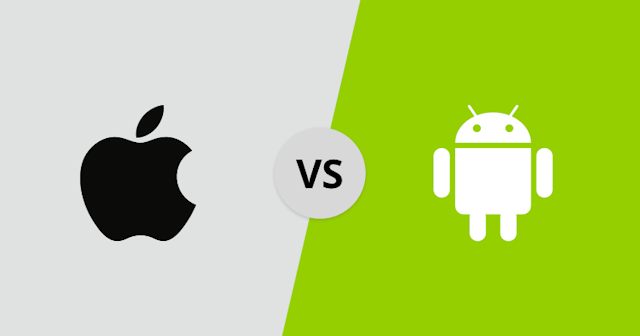Android app development system is one with immense opportunity and promise. Being the world’s most popular and widely used mobile operating system, a developer has a chance to present his/her creation to a wide range of audience. Although some may argue that the scope of monetization in iOS is higher, however, the task of getting one’s apps through the stringent walls of "Apple app store" is one full of an ordeal.
Understanding how to code is tough enough by itself however with Android development it may be more difficult. You don't only need to comprehend Java; you should also install all of the Android-specific software and discover all the unique quirks of Android
Apps Development.
Begin with the Android Software Development Package (or SDK)
The Android Software Development Package (SDK) is an accumulation of tools that may help you make Android apps. There're many more scopes the SDK will provide that you'll go through, but here are the most useful tools within the SDK:
Eclipse/Android Studio
They're two "Integrated Development Environments" (IDE) for Android. An IDE may be the main program where you'll write code and set your application together. It can benefit you and organize to edit the different files inside your application, manage the packages and support libraries of your app which require, and check it out on real devices or emulators.
The default IDE for Android is Eclipse. Eclipse enables you to definitely modify Java and XML files and organize the different bits of the application, among some other tasks. The version you receive from Google includes a bundle manager that enables you to update towards the new edition of Android tools when Google releases them.

Step 1: Download Android Studio
To enter in the programming languages, you'll need a software program known as an IDE or ‘Integrated Development Environment’. The most common IDE for
Android App Development is Android Studio, which will come directly from Google itself.
An IDE provides you with the primary UI (User Interface) where you’ll enter your code (you cannot just start typing into notepad). Additionally, it highlights stuff you get wrong, offers suggestions and enables you to run and test out your creations quickly. It makes the files you'll need; it offers basic layouts, and usually, it helps you save considerable time and energy.
As pointed out, there are several options to Android Studio. Eclipse is an older IDE you can use for developing other activities too (for example iOS apps) which are a little more flexible overall.
There are more options too, for instance, Unity3D and various application builders, because both versions have specific weaknesses and strengths based on what you’re thinking about building.
Step 2: Establishing Android Studio
Now you must have Android Studio installed you’ve taken the first, bold step toward being a developer!
Install Java in your machine to make use of Android Studio. It's Java Development Package (JDK) required for Java programming to construct your apps. Now Android Studio will allow you to interpret and compile your code.
Now launch Android Studio and configure SDK Manager, that is where you’ll improve your Android SDK to aid newer versions, also, to download such things as code samples or support for Google Glass. Android Studio is an IDE which provides an interface for coding.
Step 3: Beginning a brand new Project
Once sample codes are set up and return page fixed, it starts a brand new Android Studio Project. Provide a name and make your package using the following format:
com.companyname.appname
The package would be the compiled file or APK (‘Android Package File’) that you will eventually upload towards the “Google Play Store”. I love to save all files in “DropBox” to make certain I usually possess a backup of my code. Next, be sure to determine which kind of device you’re likely to be developing for as well as in this situation we’ll begin with the tablet and phone option. Other available choices are TV, Put on and Glass.
Another choice makes at this time may be the ‘Minimum SDK.' It's another form of Android development kit you need to support the new editions of Android. Now build an ‘Activity Module’ that is essentially the first page of the application. Consider these, like templates, which would like to possess the title of the application along with the top screen, or would you like your UI to fill the entire display? A credit card application might have multiple activities that behave like separate pages online. You may have ‘settings’ action for example along with a ‘main’ event. Now select the reputation for your business and also the layout name. The game name is when you’ll make reference to your activities inside your code.
Step 4: Making a real Factor
When your application opens, you need to visit a directory tree around the left with the different folders and files that comprise your application along with a picture of the phone displaying “Hello World!” Within the center. Well, hello for you too!
Design
Android Studio isn't showing the XML code itself here, but an alternative rendering method is used to the design can become visible on the screen. It can be a visual editor similar to "Dreamweaver" for website design. Also, it makes the existence of design factor just a little simpler for all of us developers.
With today's dev tools it is not that difficult but it will probably be frustrating at times due to your inexperience. That's normal so don't let it get the best of you.





Thanks for sharing such an informative blog. If you are a beginner and want to know the details of android app developers, I will suggest Appbiz360.
ReplyDeleteHashStudioz Technologies is one of the best app development company which helps you to develop the mobile App as per your business requirement. They work with latest technologies trends like React Native , Flutter application , android application , and ios application .
ReplyDelete